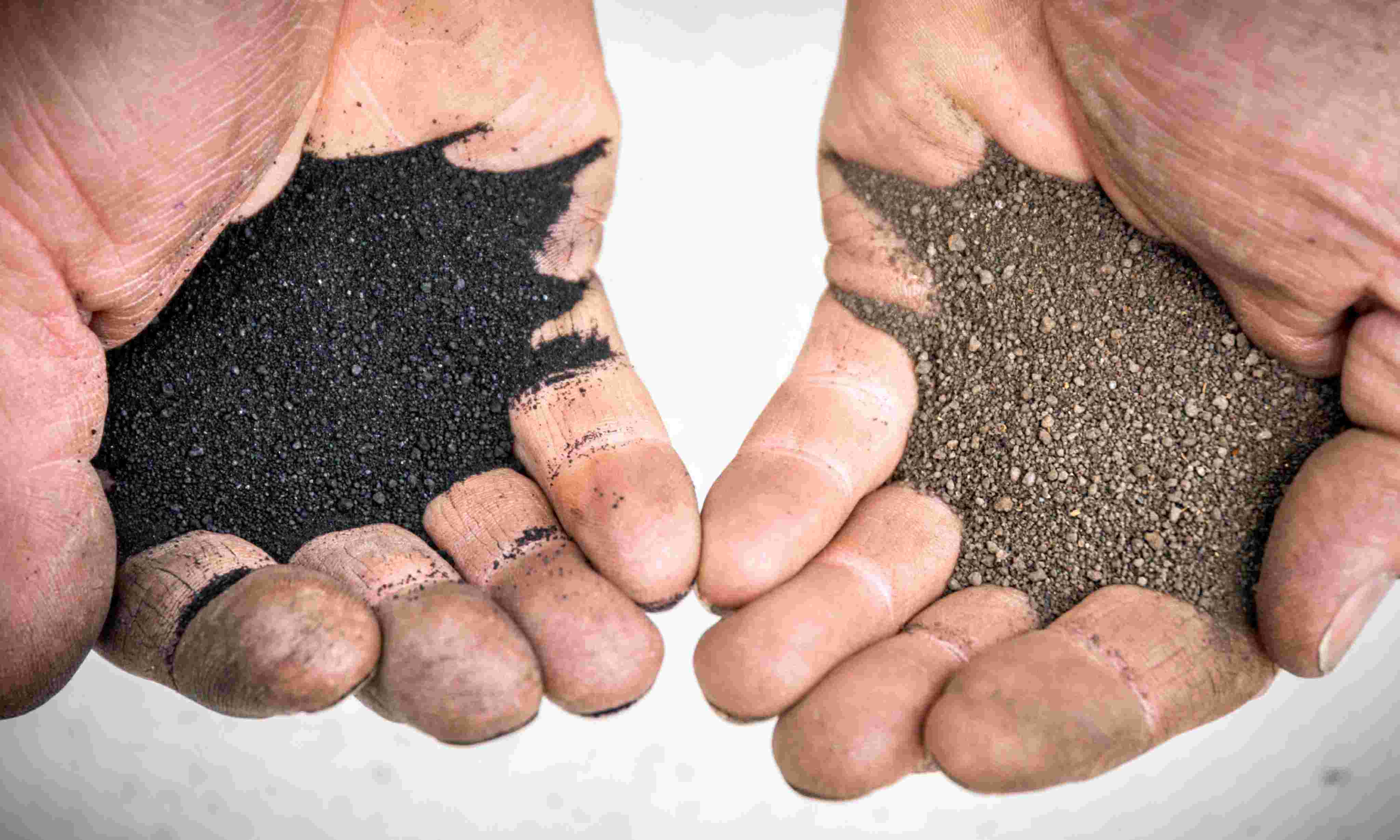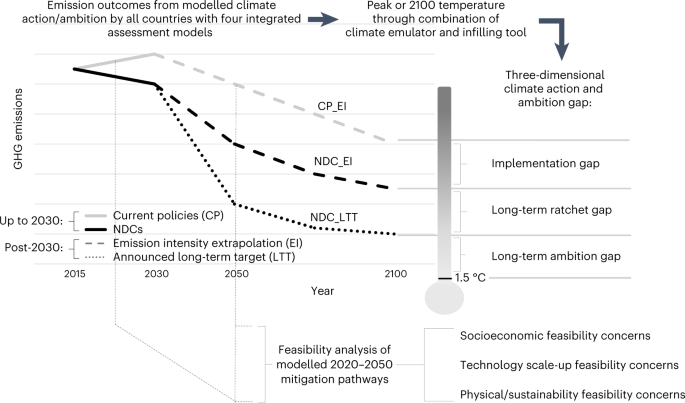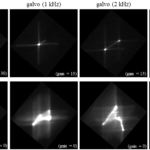2023-06-22 ロイヤルメルボルン工科大学(RMIT)
 The high-value biochar produced through the patented RMIT technology. Credit: Shawn Smits Photography
The high-value biochar produced through the patented RMIT technology. Credit: Shawn Smits Photography
◆この研究は、水処理施設や鉱山など他の廃棄物にも応用できる可能性があります。研究チームは、次に水道機関と協力して重金属除去技術の実用化を目指します。
<関連情報>
- https://www.rmit.edu.au/news/all-news/2023/jun/heavy-metals-removal
- https://www.sciencedirect.com/science/article/abs/pii/S0304386X23000269
バイオソリッドから重金属を除去・回収するクローズドループの湿式冶金プロセスについて、弱酸性前処理を経由して調査した。 Investigations into the closed-loop hydrometallurgical process for heavy metals removal and recovery from biosolids via mild acid pre-treatment
Ibrahim Gbolahan Hakeem, Pobitra Halder, Shefali Aktar, Mojtaba Hedayati Marzbali, Abhishek Sharma, Aravind Surapaneni, Graeme Short, Jorge Paz-Ferreiro, Kalpit Shah
Hydrometallurgy Available online: 2 March 2023
DOI:https://doi.org/10.1016/j.hydromet.2023.106044
Abstract
Biosolids contain heavy metals (HMs), restricting their beneficial reuse in agricultural land. However, these metals can be a valuable resource in many applications if recovered efficiently. Therefore, the removal and recovery of HMs and other limiting contaminants in biosolids without degrading the organic nutrients of the resulting treated biosolids demands holistic investigations. A closed-loop hydrometallurgical treatment process for metal removal and recovery from biosolids was developed in this study. Firstly, mild acid treatment using 3% v/v H2SO4 at 25 °C, 600 rpm for 30 min was performed in a 1 L continuous stirred tank reactor to extract common HMs (such as As, Cd, Co, Cr, Cu, Ni, Pb, and Zn) from biosolids into the aqueous phase. The effects of solids concentration and acid types on the HMs extraction efficiency were studied. Then, the primary acid leachate stream was continuously recycled for metal extraction from biosolids until the dissolved metals in the solution reached saturation concentration. After that, the dissolved metals were recovered in staged NaOH precipitation and adsorption. Low solids contents (<5% w/v) using mineral acids having pH <2 and oxidation-reduction potential (ORP) ∼500 mV (versus SHE) favoured HMs solubilisation from biosolids with an average extraction efficiency of 70%. The dissolution of ferric iron (Fe3+) by H2SO4 and subsequent in-situ formation of ferric sulfate enhanced the metal extraction strength of the spent leachate stream during recycling. However, the solids loading in each leaching process must be kept low to prevent ferric concentration build-up and precipitation as the leachate pH steadily increases above 2 during recycling. Amongst the metal recovery methods investigated, H2O2 oxidation prior to 2-stage NaOH precipitation had the highest efficiency with 75–95% HMs recovery. The clarified stream was used to neutralise the acidic treated biosolids to close the process loop. The complete process flowsheet was developed with mass balances, and the fate of nutrients (mainly C, N, and P) and major per– and polyfluoro alkyl substances (PFAS) were overviewed.



